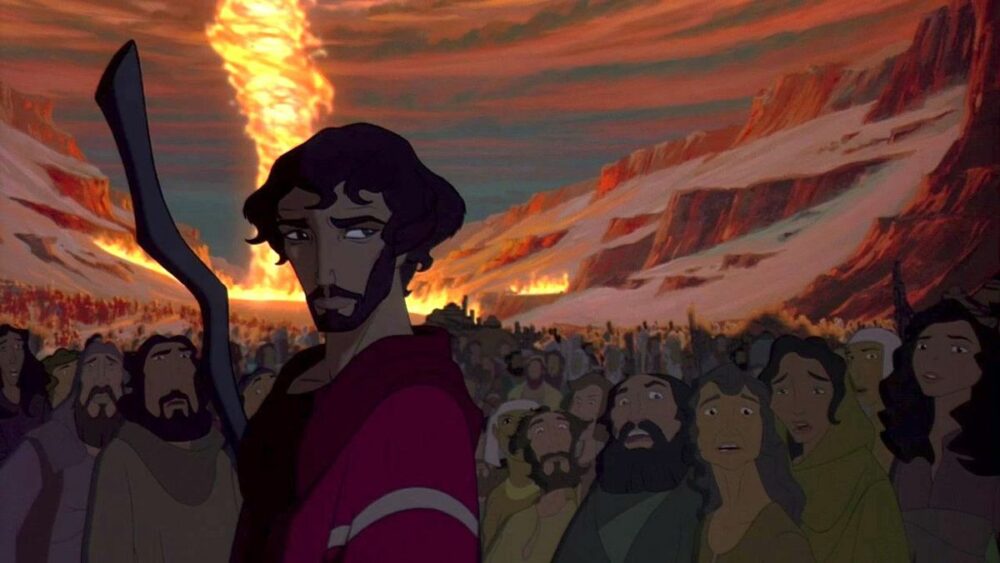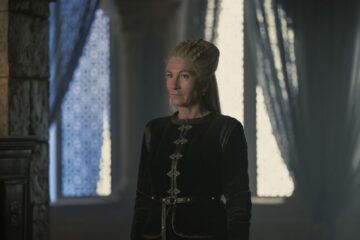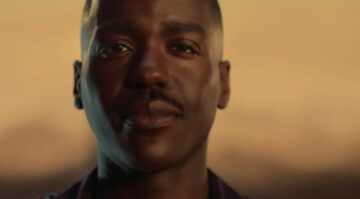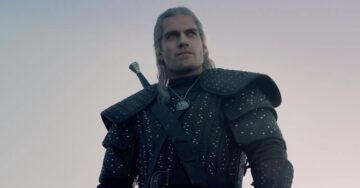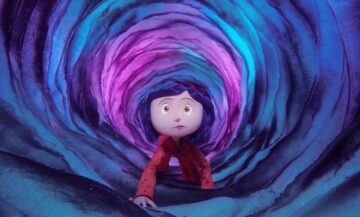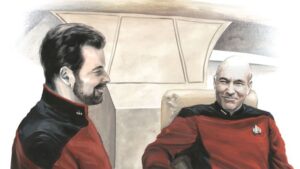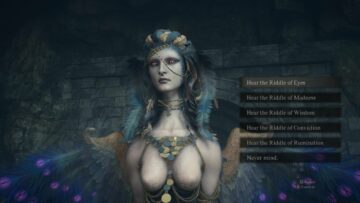Twenty-five years ago, DreamWorks’ movie The Prince of Egypt hit theaters. Its release could have changed American animation — and maybe should have. But it didn’t.
Instead, out of the DreamWorks projects released at the turn of the millennium, it was Shrek that produced a cultural explosion, rapidly shifting the focus of American animated movies from sweeping musicals to snarky comedies. Perhaps at the time, The Prince of Egypt seemed too similar to what Disney was doing: another animated musical, too much of the same thing.
But The Prince of Egypt was intended to go further than Disney projects, to widen the audience for animated movies in America and appeal to a more mature crowd. It follows older characters than most animated features of its era, and it tackles the story of a figure who’s important to three major world religions. But the biggest difference is the tone: The Prince of Egypt maintains a serious and dramatic tenor throughout the entire movie, a rarity for American animation, which often tosses in lighthearted gags and comedic relief in even the somberest movies. From the get-go, though, DreamWorks wanted The Prince of Egypt to have an impact.
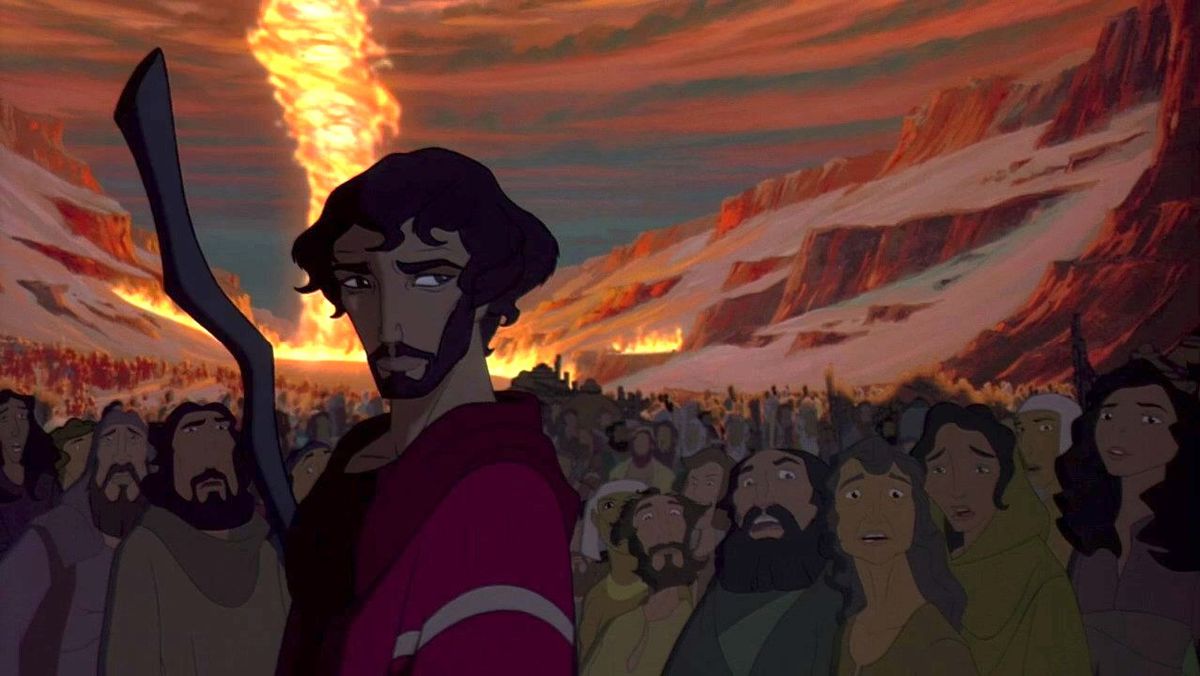
“We wanted to do something that reached more adults,” The Prince of Egypt co-director Brenda Chapman told Polygon in 2018, on the movie’s 20th anniversary. “We were hoping to break out of that and bring to America all the different types. How about an R-rated animated film? How about a PG-13 or an NC-17 or whatever? It’s like just trying to break out of that box. We didn’t quite succeed.”
In another timeline, where The Prince of Egypt dominated pop culture instead of Shrek, the decade of snarky, self-aware animated comedies that followed was replaced by more mature and serious animated stories intended for adults as well as children. After all, Disney was trying to steer its films in that direction just as much as DreamWorks was. 1995’s Pocahontas was envisioned as a serious, Oscar-worthy epic. (It didn’t quite land as intended.) 1996’s The Hunchback of Notre Dame was far darker than the majority of Disney films that came before it. DreamWorks Animation simply picked up what Disney was putting down — even though DreamWorks’ 2D era was short-lived.
The Prince of Egypt, which kicked off this brief microtrend, is the most serious in scope and the best of the bunch. The Prince of Egypt is a retelling of the biblical Book of Exodus: the story of Moses, the secretly Hebrew adopted son of Egypt’s pharaoh, and eventually a prophet chosen by God to lead his enslaved people to freedom.
[embedded content]
There are no cutaway gags, smart-talking gargoyles, or self-referential humor in this serious story. It’s stunning, from its gorgeous animation, which renders ancient Egypt in beautiful detail, to its haunting Hans Zimmer soundtrack. It’s also unflinching in the depiction of slavery and the devastation of the plagues God visits on the Egyptians when the pharaoh refuses to release the Hebrews.
But perhaps the movie’s most memorable aspect is how the filmmakers tackled Moses as a character. Focusing on the brotherly relationship between Moses and the pharaoh’s biological son, Ramses, puts a more human angle on the otherwise grandiose biblical epic.
This more drama-focused approach didn’t find its intended adult audience, though. The late 1990s and early 2000s embraced cynicism in its pop culture, so a movie that openly mocked Disney and Disney wannabes was primed to take off. But even with innuendos that flew under the radar, American animation stayed very much in the PG, family-friendly zone. At that point, more than 50 years of Disney’s family-friendly movies had solidified expectations for animated features in the United States, in a way that didn’t affect Asia, Europe, and the rest of the world. While filmmakers like Chapman tried to push boundaries and bring American animation in line with other countries’ wide spectrum of animated projects, America continued to assume that cartoons, like comics, were solely for kids.
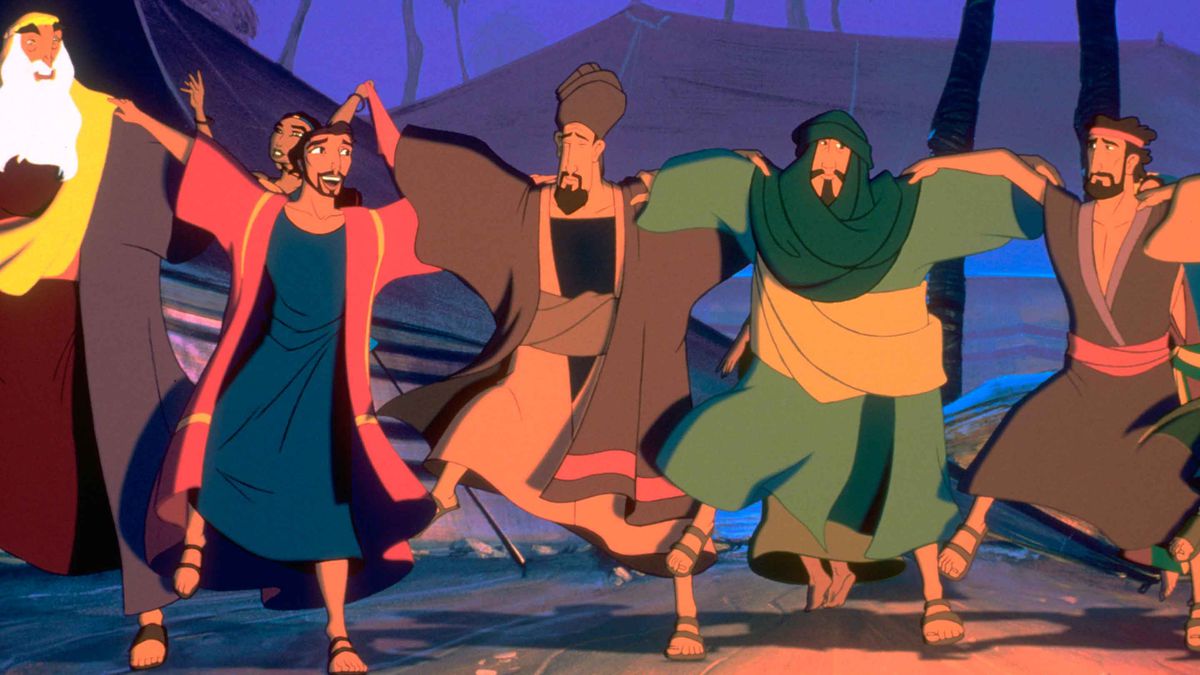
Since then, though, studios and filmmakers have pushed more and more for audiences to take American animation seriously — and generations of fans raised on more sophisticated animated fare are more open to the possibility. The rising accessibility and popularity of international animation has broadened horizons and widened expectations. It’s not as jarring for audiences now to see animation that stays tonally serious and tackles more mature stories. American animation is shifting to match, taking on more action-adventure stories and finally playing with visual design and expanding beyond the standardized CG that’s defined the past two decades in the field.
Perhaps one day Chapman and her fellow filmmakers’ dream will come true, and American animation can more consistently expand to adult stories. We’re seeing it happen rapidly in television, with shows like Blue Eye Samurai, Invincible, and Scavengers Reign pushing the medium and fleshing out the adult animation genre beyond crass comedies and four-quadrant movies aimed equally at any audience. The transition has yet to fully hit theaters, especially from American studios, but the tides are turning. The Prince of Egypt did not get to be the movie that shifted them, but that doesn’t mean those tides won’t turn at all.
The Prince of Egypt is available to stream on Peacock and Prime Video, and is available for digital rental on Amazon, Vudu, and other services.
- SEO Powered Content & PR Distribution. Get Amplified Today.
- PlatoData.Network Vertical Generative Ai. Empower Yourself. Access Here.
- PlatoAiStream. Web3 Intelligence. Knowledge Amplified. Access Here.
- PlatoESG. Carbon, CleanTech, Energy, Environment, Solar, Waste Management. Access Here.
- PlatoHealth. Biotech and Clinical Trials Intelligence. Access Here.
- Source: https://www.polygon.com/24006811/the-prince-of-egypt-25-year-anniversary
- 20th
- 2D
- 50
- a
- About
- accessibility
- adopted
- adults
- affect
- after
- ago
- aimed
- All
- also
- Amazon
- america
- American
- an
- ancient
- ancient egypt
- and
- animated
- Animation
- Anniversary
- Another
- any
- appeal
- approach
- ARE
- around
- as
- asia
- aspect
- assume
- At
- audience
- audiences
- available
- BE
- beautiful
- before
- BEST
- between
- beyond
- Biggest
- book
- boundaries
- Box
- break
- bring
- Bunch
- but
- by
- came
- CAN
- cartoons
- changed
- character
- characters
- Children
- chosen
- COM
- come
- consistently
- content
- continued
- could
- crowd
- cultural
- Culture
- dancing
- darker
- day
- decade
- decades
- defined
- detail
- devastation
- difference
- different
- digital
- direction
- Disney
- do
- doing
- dominated
- down
- dramatic
- dream
- Early
- Egypt
- embedded
- embraced
- entire
- envisioned
- Epic
- equally
- era
- especially
- Europe
- even
- eventually
- Exodus
- Expand
- expectations
- eye
- fans
- far
- Features
- fellow
- field
- Figure
- Film
- filmmakers
- films
- Finally
- find
- Focus
- focusing
- followed
- follows
- For
- Freedom
- from
- fully
- further
- Gaming
- generations
- Genre
- Get
- go
- had
- happen
- has
- haunting
- Have
- hebrew
- her
- his
- HIT
- hoping
- Horizons
- How
- HTTPS
- human
- Humor
- important
- in
- instead
- intended
- International
- Is
- IT
- ITS
- jpg
- just
- kids
- Land
- late
- lead
- like
- Line
- maintains
- major
- Majority
- Match
- mature
- maybe
- mean
- medium
- memorable
- more
- most
- movie
- Movies
- much
- musical
- New
- no
- not
- now
- of
- off
- often
- older
- on
- One
- open
- openly
- or
- Other
- otherwise
- out
- Past
- peacock
- People
- perhaps
- PG
- Picked
- plagues
- plato
- plato data intelligence
- platodata
- platogaming
- Point
- Polygon
- pop
- possibility
- prime
- Prime Video
- Prince
- Produced
- projects
- push
- pushed
- pushing
- putting
- quite
- radar
- raised
- rapidly
- rarity
- reached
- Reality
- relationship
- release
- released
- relief
- renders
- REST
- same
- scope
- see
- seeing
- serious
- seriously
- Services
- shifted
- shifting
- should
- shows
- similar
- Simply
- So
- solely
- something
- son
- sophisticated
- Soundtrack
- Spectrum
- Sponsored
- States
- steer
- Stories
- Story
- stream
- Stunning
- succeed
- tackles
- Take
- television
- than
- that
- The
- the world
- Them
- then
- thing
- this
- those
- though
- three
- Throughout
- tides
- time
- timeline
- to
- told
- tone
- too
- transition
- tried
- true
- trying
- turn
- turning
- two
- types
- under
- United
- United States
- up
- very
- Video
- visual
- wanted
- was
- Wave
- way
- we
- well
- were
- What
- whatever
- when
- where
- while
- wide
- widen
- Wikipedia
- will
- with
- world
- years
- yet
- youtube
- zephyrnet
